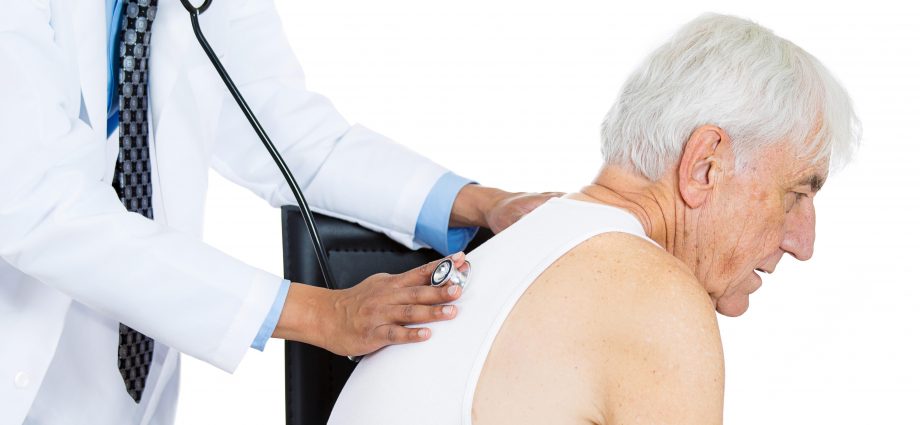WEDNESDAY, Feb. 7, 2024 (HealthDay News) — Pulmonary rehabilitation can be a lifeline for millions of Americans coping with COPD or other chronic lung ailments.
However, new research finds that travel time and cost issues put pulmonary rehab programs out of reach for many patients.
“Access to programs within a reasonable amount of travel time is key,” stressed study lead author Dr. Peter Kahn, a pulmonary and critical care fellow at the Yale School of Medicine.
“First, many patients with chronic respiratory conditions require oxygen supplementation,” he explained in a Yale news release. “Long commutes may mean they have to transport multiple oxygen tanks or battery supplies, which may cause patients to forgo the treatment. Second, because exertional [exercise] intolerance is a symptom of these diseases, long travel can be incredibly taxing and also serve as a barrier to participation.”
The findings were published Feb. 5 in the journal JAMA Network Open.
As the researchers explained, pulmonary rehab programs are often utilized by people with chronic obstructive pulmonary disease (COPD), interstitial lung disease or pulmonary hypertension.
These programs have patients meet with skilled health care workers to foster techniques that will make day-to-day life with a respiratory disorder easier. For example, they’ll learn strategies to better harness their daily energy or maximize supplemental oxygen therapy.
All of this “has been demonstrated across almost the entirety of pulmonary medicine to improve patient health and patient-reported outcomes,” Kahn said. “Through these programs, patients not only gain a more comprehensive understanding of their condition, but also improve their exercise tolerance in a meaningful way.”
But just how accessible are such programs for patients across the United States?
In the study, Kahn’s group “used massive geographic data sets and computational infrastructure to compute hundreds of millions of travel times” to and from rehab programs.
The team found that 80% of Americans do live within a half-hour’s drive of a facility offering pulmonary rehab.
But that still leaves 14 million people — mostly concentrated in the West and Midwest — who must drive more than an hour to reach a rehab program.
Kahn’s team believes telehealth might be able to help some of these patients, although long-term studies are needed to confirm that.
Cost can be an impediment to access, too.
“Insurance payers, both government and private, do not sufficiently reimburse pulmonary rehabilitation programs for the people, equipment and supplies needed to effectively run them,” Kahn said.
Too often, insurance companies also limit the number of rehab sessions they’ll cover for patients, he added.
“If you’re someone with a chronic respiratory condition like advanced COPD, you really need ongoing therapeutic sessions,” Kahn said. “But right now, payers limit patients to a small number of lifetime sessions relative to the long-term burden of the disease. And that needs to change.”
More information
There’s more on pulmonary rehabilitation at the American Lung Association.
SOURCE: Yale University, news release, Feb. 5, 202
Copyright © 2025 HealthDay. All rights reserved.

